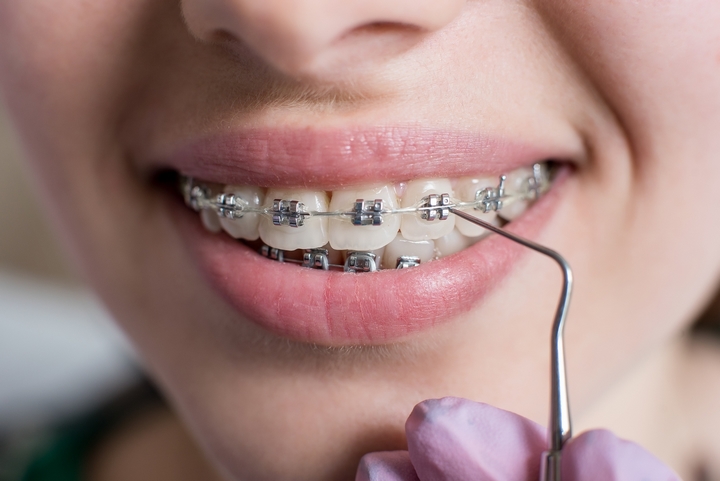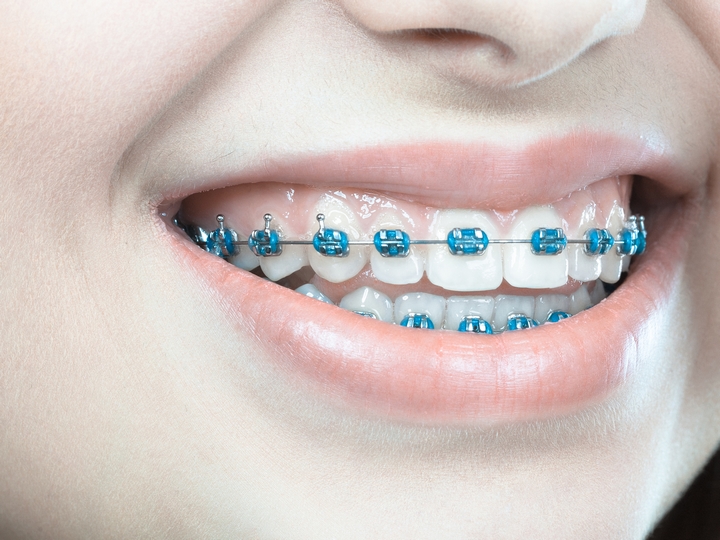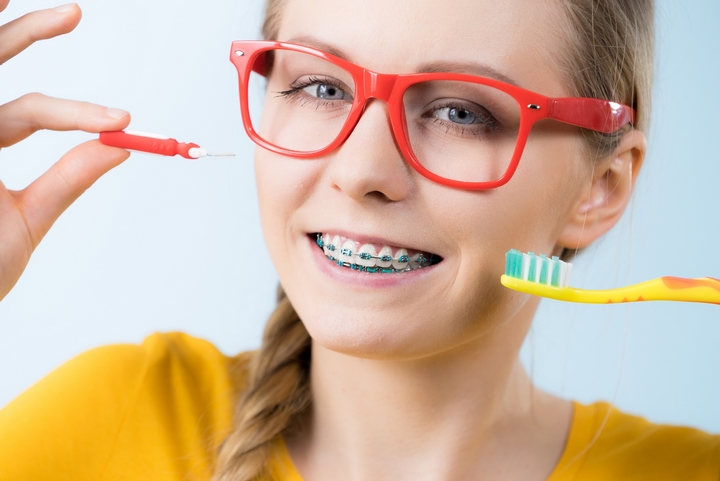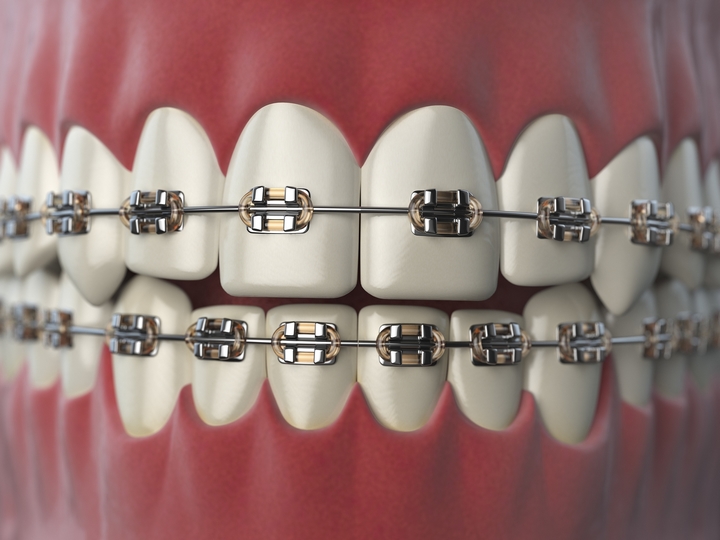
The greatest benefit of living in the modern age is that there are more options for certain treatments to choose from. Braces are no exception. In the field of orthodontics, researchers have identified which dental braces treatments work and which ones do not. We live in an age where braces are much more affordable and accessible for most people.
With a multitude of new developments in the orthodontics industry, people considering braces have a wide range of options. Some of the options you may be considering have their own cost/benefit scales and your choice will greatly vary depending on what you’re looking for. Here are a few options that you may want to look into before visiting an orthodontist to get braces:
1. Traditional metal wire braces

Most people go for the standard metal wire braces, made of stainless steel wires and brackets with rubber bands securing jaw alignment. Multiple appointments throughout the treatment are necessary to keep tightening the wires through the brackets incrementally to slowly shift the teeth into place. After all those appointments, the patient is left with a straight smile. This appeals to younger people (largely in high school or younger) when most people get braces.
This option may not appeal to adults as much since there is a stigmatized view of braces in older patients. Another reason why people enjoy this option is because it tends to be cheaper than the more inconspicuous options. The average cost of metal wire braces is $4,900 without insurance and $3,400 with dental insurance.
2. Clear Braces

Clear braces are another popular option, especially amongst people who choose to have braes later on in life since they are much less noticeable than traditional options. These braces are typically made of ceramic and match the same color as the patient’s tooth enamel. One of the main issues that people have with this option is that the ceramic models tend to be more brittle and fragile than their traditional wire counterparts.
Another issue is that they could cost much more than wire braces depending on duration, ranging from $3,000 to $7,500.
3. Gold-plated stainless steel

One of the less-considered options is the gold-plated stainless steel options, which usually benefits patients who have nickel allergies. It also holds a more aesthetic appeal to patients who prefer the look of gold brackets. Patients should know that these braces are not actually made of pure solid gold since gold itself is not strong enough to withstand dental procedures. Gold-plated braces have the same cost as wire braces with an additional $300 to $500 per replacement.
4. Lingual braces

Lingual braces are different in the sense that the braces are bound to the back of the patient’s teeth so that others will not see them on the outside – like a reverse variant of the traditional wire braces. This is another cosmetic alternative that patients may consider instead of traditional options. However, the price ranges from $8,000 to $10,000 is likely the most expensive option on the market.
5. Titanium

This lightweight option resembles the standard stainless steel options, but are much stronger. Like the gold-plated options, this option would work best for patients with nickel allergies. However, they are a considerably more expensive option than traditional wire options.
